
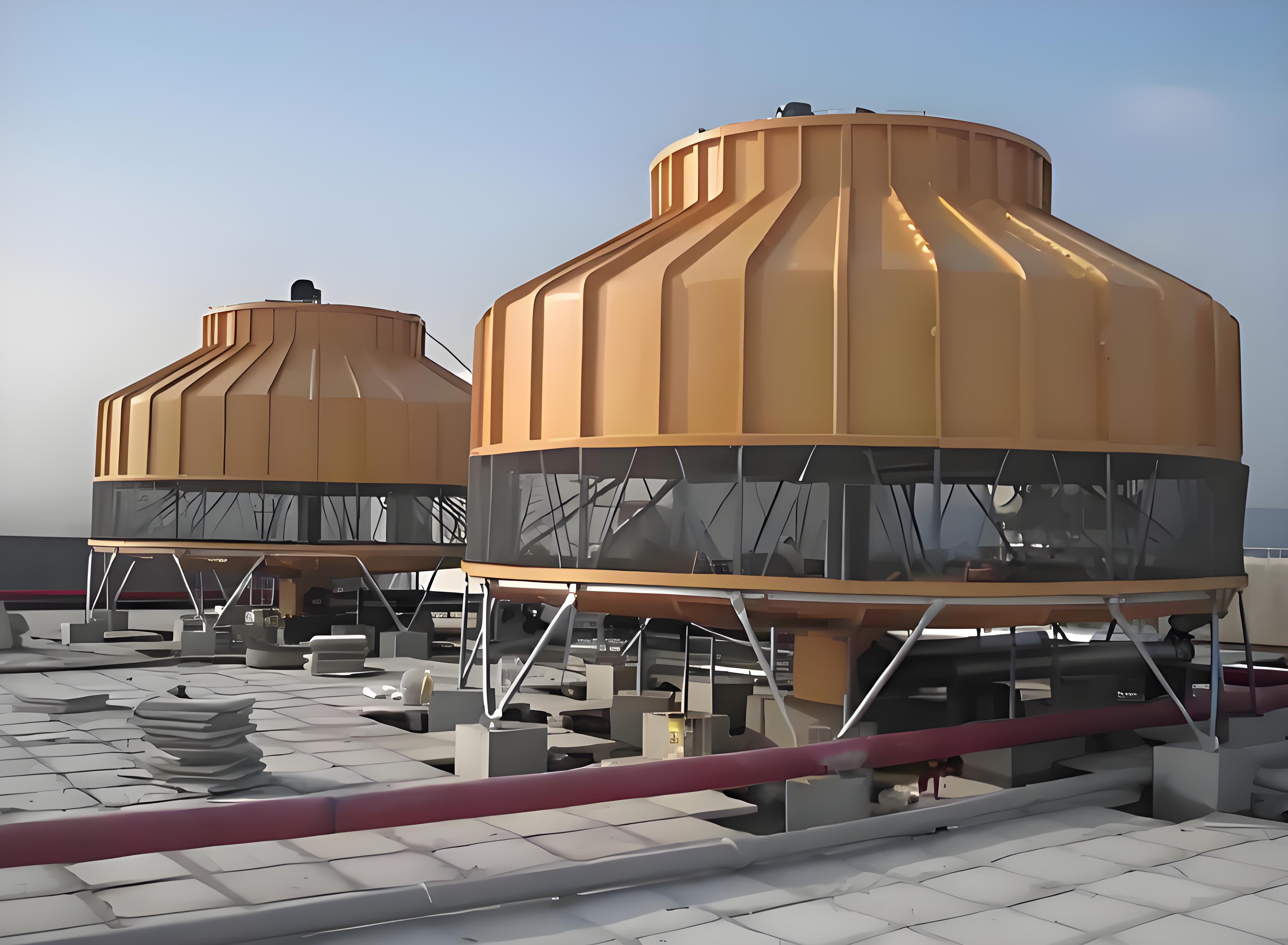

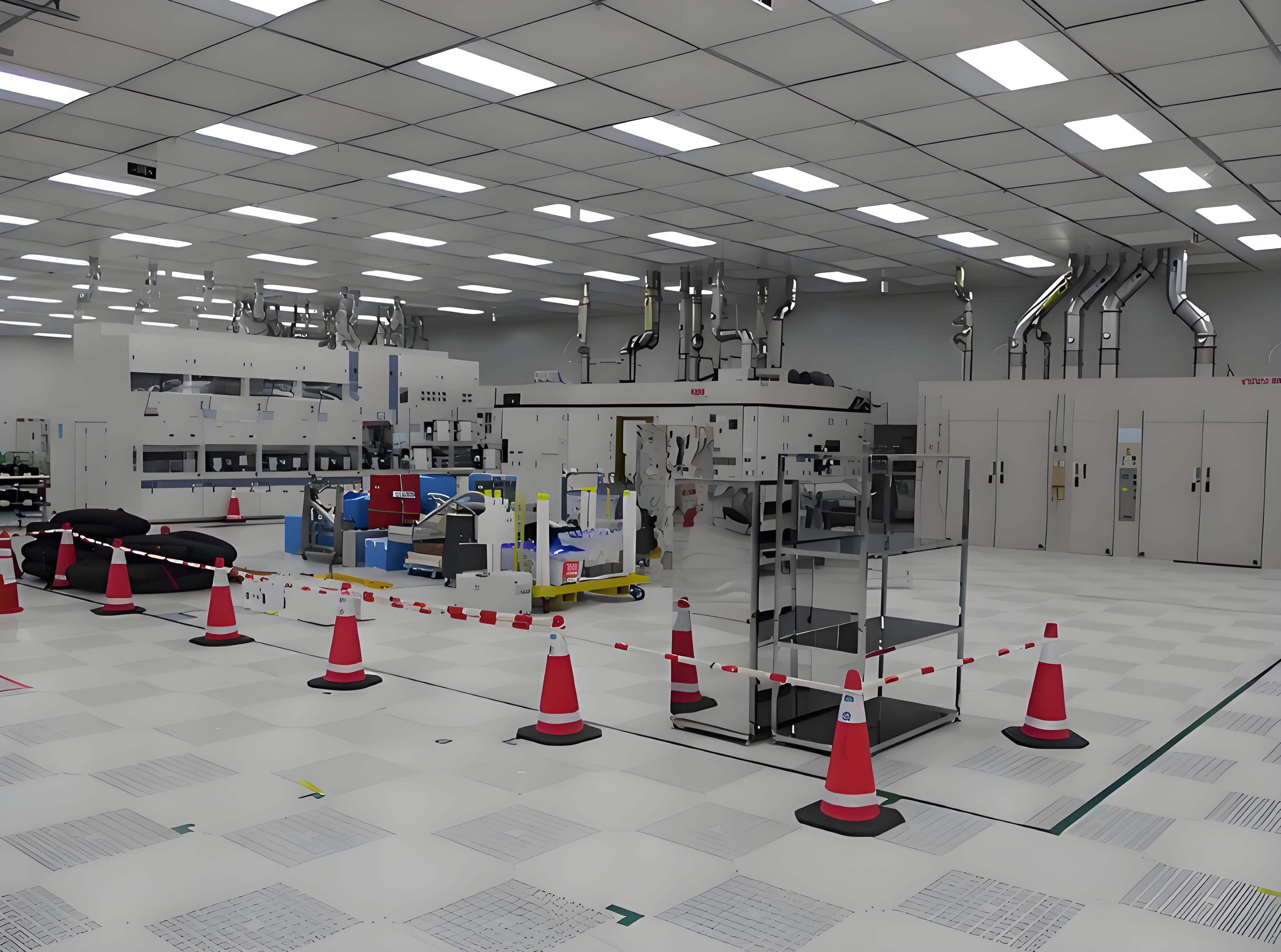
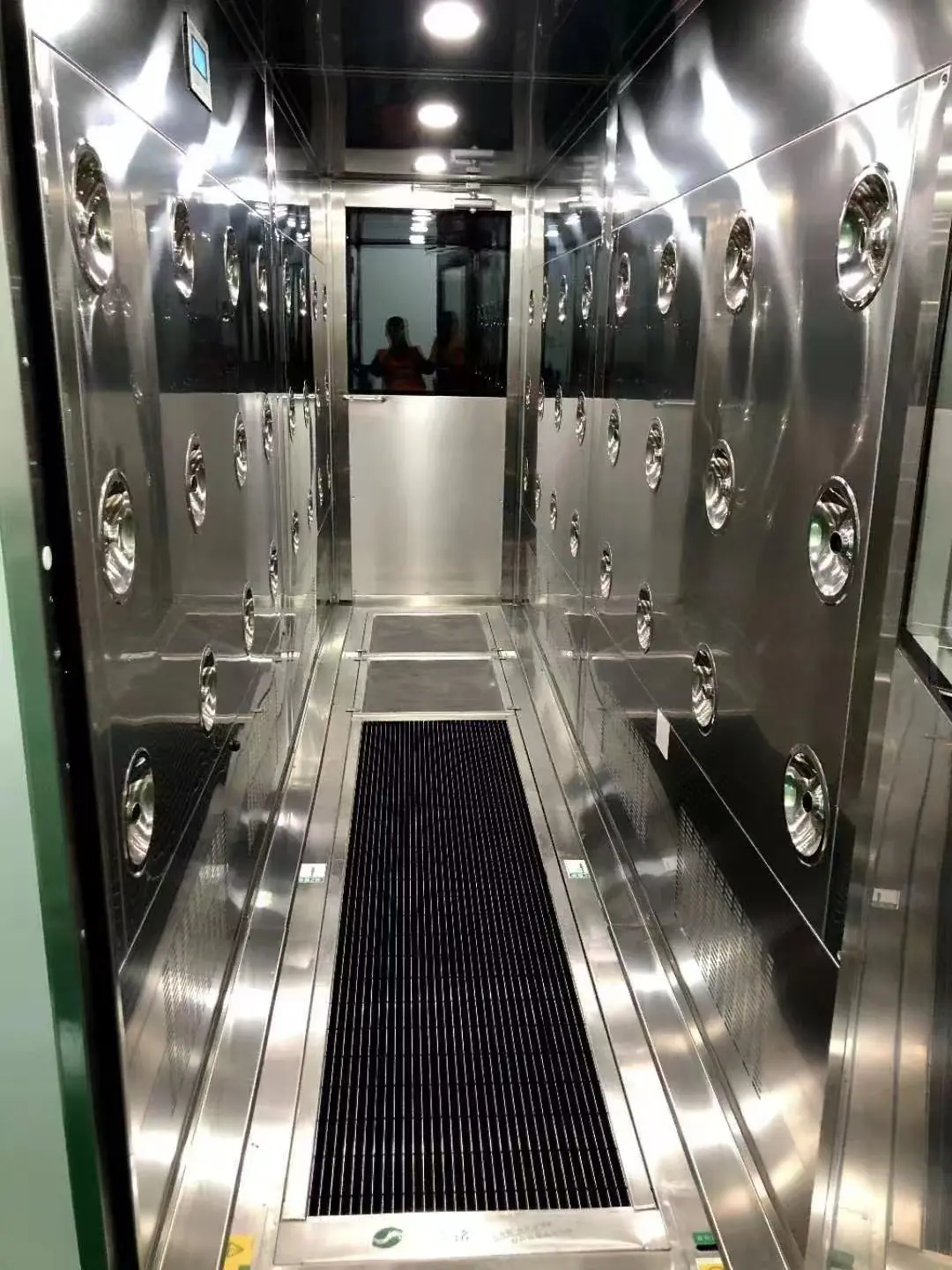
In today's rapidly advancing scientific and industrial landscapes, the demand for controlled environments has never been higher. A laboratory purification project is essential for ensuring that laboratories in sectors like pharmaceuticals, biotechnology, healthcare, and research operate under stringent cleanliness standards. These projects involve designing and implementing systems to control contaminants, such as particles, microorganisms, and chemical vapors, which can compromise experimental integrity, product quality, and safety. Whether you're upgrading an existing facility or building from scratch, understanding the intricacies of a laboratory purification project can save time, reduce costs, and enhance operational efficiency. This article delves into the core elements of such projects, covering design principles, cost considerations, and practical implementation strategies, all while addressing common challenges and solutions.
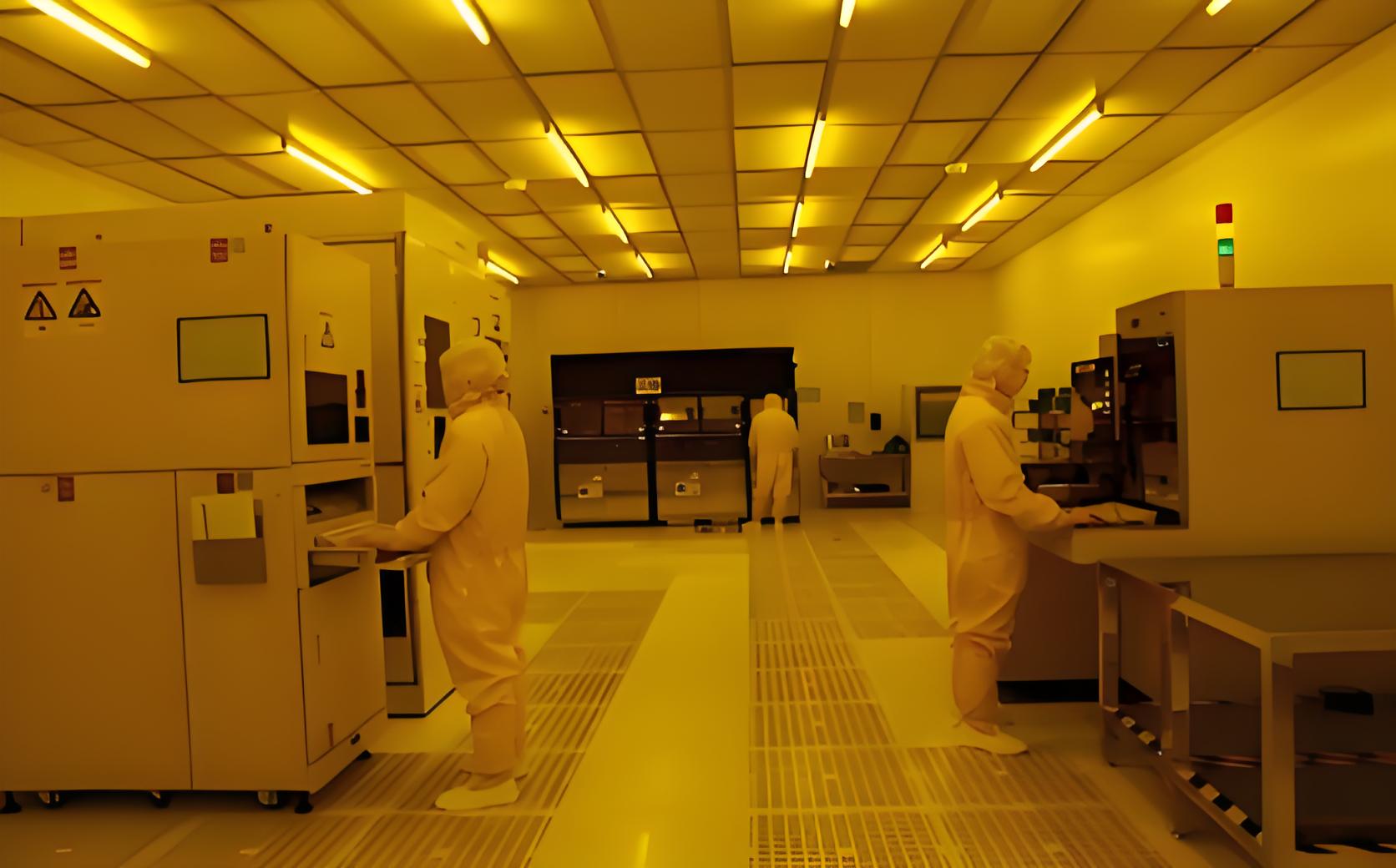
A laboratory purification project refers to the comprehensive process of creating a controlled environment within a laboratory to minimize contamination. This typically involves integrating advanced air handling systems, filtration technologies, and architectural designs that meet specific cleanliness standards, such as ISO classifications for cleanrooms. The primary goal is to maintain air quality, temperature, humidity, and pressure levels that suit the laboratory's intended use. For instance, in a microbiology lab, a laboratory purification project might focus on preventing cross-contamination, while in an electronics lab, it could target static control and particulate reduction. Key components often include high-efficiency particulate air (HEPA) filters, laminar airflow systems, and dedicated ventilation setups. By addressing these fundamentals, organizations can ensure compliance with regulatory guidelines and improve overall productivity.
When embarking on a laboratory purification project, it's crucial to select the right type of purification system based on the laboratory's requirements. Common systems include:
Air Filtration Systems: These are the backbone of any laboratory purification project, utilizing HEPA or ultra-low penetration air (ULPA) filters to remove airborne particles. They are often integrated with heating, ventilation, and air conditioning (HVAC) systems to maintain consistent air quality.
Cleanroom Enclosures: For high-precision work, modular cleanrooms or softwall enclosures provide isolated spaces with controlled environments. These are popular in pharmaceutical and nanotechnology labs as part of a laboratory purification project.
Gas and Chemical Purification Systems: In laboratories handling volatile substances, these systems scrub harmful gases and chemicals from the air, ensuring worker safety and environmental compliance.
Water Purification Integration: Though often overlooked, water quality can impact overall purity. Including reverse osmosis or deionization systems in a laboratory purification project helps maintain sterile conditions for wet labs.
Each system has its pros and cons; for example, air filtration is cost-effective for general use, while cleanroom enclosures offer higher control but at a greater expense. Evaluating the specific needs of your laboratory purification project will guide you toward the best choice.
Designing a laboratory purification project requires a multidisciplinary approach, involving engineers, architects, and end-users. Key factors to consider include:
Airflow and Pressure Control: Proper airflow patterns, such as laminar or turbulent flow, prevent contamination spread. Maintaining positive or negative pressure relative to adjacent areas is vital for containment in a laboratory purification project.
Material Selection: Surfaces should be non-porous, easy to clean, and resistant to chemicals. Stainless steel and epoxy coatings are common in a laboratory purification project to reduce particle shedding.
Layout and Workflow: The laboratory's layout must support efficient movement of personnel and materials while minimizing contamination risks. Zoning areas by cleanliness level is a standard practice in any laboratory purification project.
Regulatory Compliance: Adhering to standards like ISO 14644, GMP, or OSHA ensures that the laboratory purification project meets safety and quality benchmarks.
By focusing on these aspects, you can avoid common pitfalls, such as inadequate ventilation or costly retrofits, and ensure the laboratory purification project aligns with long-term goals.
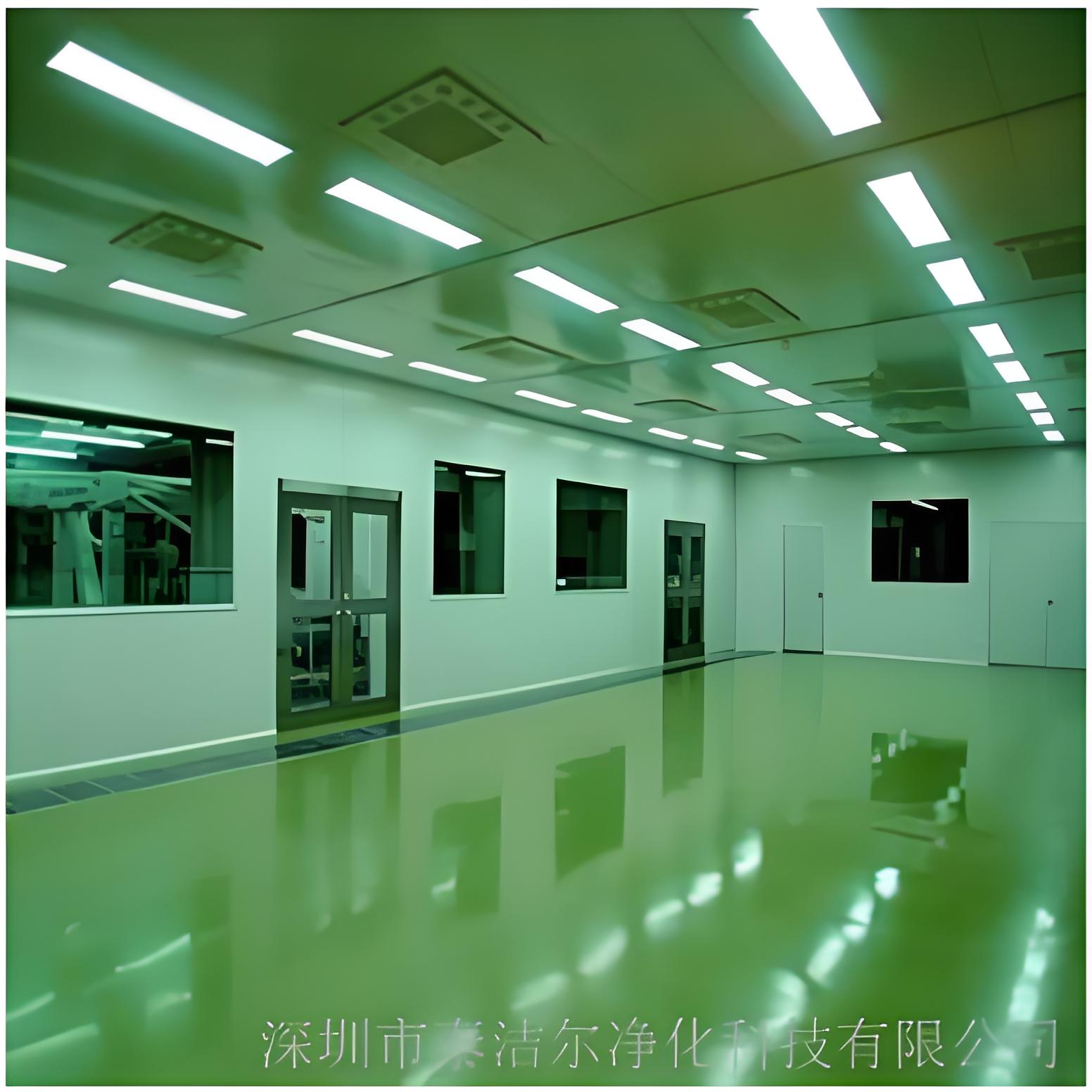
The cost of a laboratory purification project can vary widely, from tens of thousands to millions of dollars, depending on scale and complexity. Major cost drivers include:
System Components: High-quality filters, HVAC units, and monitoring systems constitute a significant portion of expenses. For instance, HEPA filters alone can account for 20-30% of the budget in a standard laboratory purification project.
Installation and Labor: Professional installation by certified technicians ensures reliability but adds to costs. Labor expenses often spike if the laboratory purification project involves retrofitting existing structures.
Maintenance and Operational Costs: Ongoing expenses, such as filter replacements, energy consumption, and compliance testing, should be factored into the total cost of ownership for a laboratory purification project.
Customization and Technology Upgrades: Advanced features like real-time monitoring or energy-efficient designs can increase initial costs but offer savings over time.
To manage budgets effectively, conduct a thorough needs assessment and prioritize elements that deliver the highest return on investment. A well-planned laboratory purification project can reduce operational disruptions and lower long-term maintenance costs.
Executing a laboratory purification project involves a phased approach to ensure seamless integration. Typical steps include:
Assessment and Planning: Begin with a detailed audit of current conditions and define objectives for the laboratory purification project. This includes risk assessments and stakeholder consultations.
Design and Engineering: Develop detailed blueprints and specifications, incorporating feedback from users. This phase often involves simulations to optimize airflow and layout in the laboratory purification project.
Procurement and Sourcing: Select reliable suppliers for components like filters and control systems. Emphasize quality over cost to avoid compromises in the laboratory purification project.
Construction and Installation: Coordinate with contractors to minimize downtime. This stage includes installing infrastructure, testing systems, and training staff as part of the laboratory purification project.
Validation and Commissioning: Perform rigorous testing to verify that the laboratory purification project meets design standards. This includes particle counts, airflow visualizations, and compliance checks.
Ongoing Monitoring and Maintenance: Establish a schedule for regular inspections and updates to sustain performance in the laboratory purification project.
By following these steps, organizations can mitigate risks and achieve a successful laboratory purification project that adapts to evolving needs.
Investing in a robust laboratory purification project yields numerous advantages, such as:
Enhanced Data Accuracy and Product Quality: By controlling contaminants, a laboratory purification project ensures reliable results in research and manufacturing.
Improved Safety and Compliance: Reducing exposure to hazardous materials protects personnel and helps meet regulatory requirements in a laboratory purification project.
Operational Efficiency: Streamlined workflows and reduced contamination incidents lower costs and increase productivity over the life of the laboratory purification project.
Scalability and Future-Proofing: A thoughtfully designed laboratory purification project can accommodate expansions or technological upgrades, providing long-term value.
In summary, a laboratory purification project is not just about installing equipment; it's about creating a sustainable environment that supports innovation and safety.
Q1: What is the primary goal of a laboratory purification project?
A1: The main goal of a laboratory purification project is to establish a controlled environment that minimizes contaminants like dust, microbes, and chemical vapors. This ensures the accuracy of experiments, product quality, and compliance with health and safety standards in various industries.
Q2: How long does it typically take to complete a laboratory purification project?
A2: The timeline for a laboratory purification project can range from a few weeks for simple upgrades to over a year for complex builds. Factors influencing duration include the project's scale, customization needs, and regulatory approvals. Proper planning can help streamline the process.
Q3: What are the common challenges faced during a laboratory purification project?
A3: Common challenges in a laboratory purification project include budget overruns, integration with existing infrastructure, and maintaining cleanliness during construction. Additionally, ensuring consistent airflow and meeting evolving regulations can pose difficulties that require expert oversight.
Q4: How can I estimate the cost of a laboratory purification project?
A4: Estimating the cost of a laboratory purification project involves considering factors like the size of the area, required cleanliness level, system types, and labor costs. It's advisable to consult with professionals for a detailed quote and to account for ongoing maintenance expenses in the budget.
Q5: What maintenance is required after completing a laboratory purification project?
A5: Post-completion maintenance for a laboratory purification project includes regular filter changes, airflow and pressure checks, surface cleaning, and periodic recertification to standards. A proactive maintenance schedule helps sustain performance and avoid unexpected failures.
By addressing these aspects, this article aims to provide a holistic view of laboratory purification projects, empowering readers to make informed decisions. If you're planning such a project, always engage with experienced professionals to tailor solutions to your specific needs.